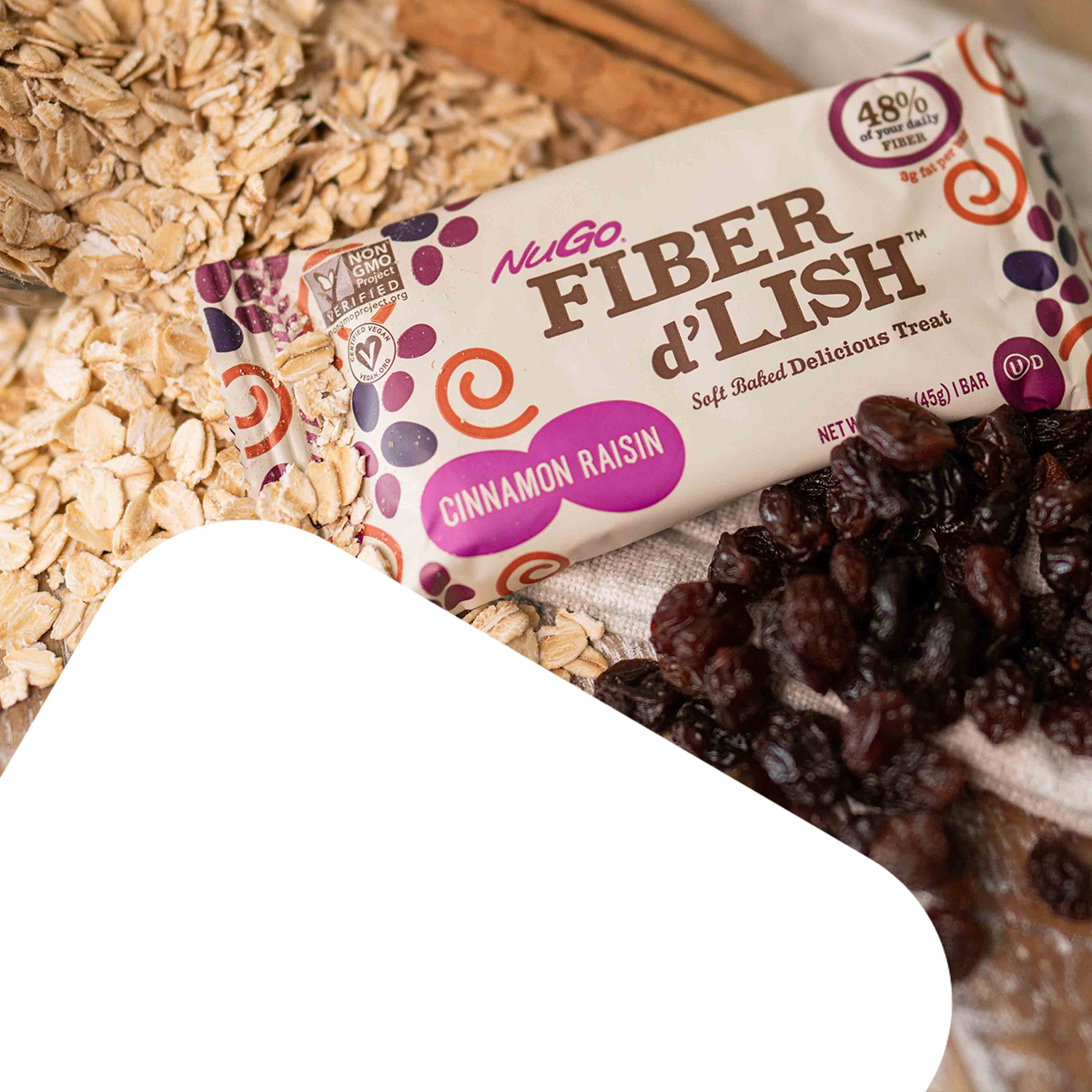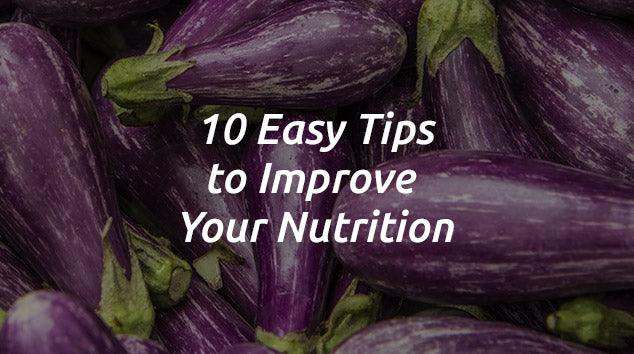Whether you want to make a change to eat more healthy foods during National Nutrition Month or anytime of the year, these small changes can make a big difference.
1. Read Labels. Always read the nutrition facts and ingredients before purchasing a product. It is important to note how many servings are in a package as well as the sugar and sodium content. Avoid foods with high fructose corn syrup, hydrogenated oils, and ingredients you can’t pronounce.
2. Plan Ahead. If you wait until you are hungry to decide what you will eat, you are more likely to make unhealthy choices.
3. Drink Water Instead of Sugary Drinks. Replace sugary drinks, like soda, juice, sports drinks, and flavored milk, with water.
4. Eat Breakfast. Choose a breakfast cereal that is high in fiber and low in sugar. If you don’t have time to eat at home, pack a healthy breakfast to bring with you. Don’t skip breakfast, the most important meal of the day!
5. Go to a Farmers Market. It is easy to eat more fruits and veggies when you are surrounded by fresh seasonal produce from local growers. Use the USDA National Farmers Market Directory to find ones in your area.
6. Replace Salt with Other Seasonings. Season your food with herbs, spices, and olive oil instead of salt.
7. Explore Alternative Grains and Seeds. Make new recipes with gluten-free grains and seeds, including quinoa, millet, and chia seeds. Try these 15 No-Bread Sandwiches, using veggies as buns.
8. Try Meatless Monday. There are many health benefits associated with eating a meatless meal at least one night per week.
9. Carry Healthy Snacks. When you carry healthy snacks with you, like nuts, fruit, and NuGo protein bars, you won’t resort to junk food.
10. Consult a Registered Dietitian. Read 10 Reasons You Should Be Talking to an RD, and Top 14 Reasons to Consult a Sports RD.










Leave a comment
This site is protected by hCaptcha and the hCaptcha Privacy Policy and Terms of Service apply.